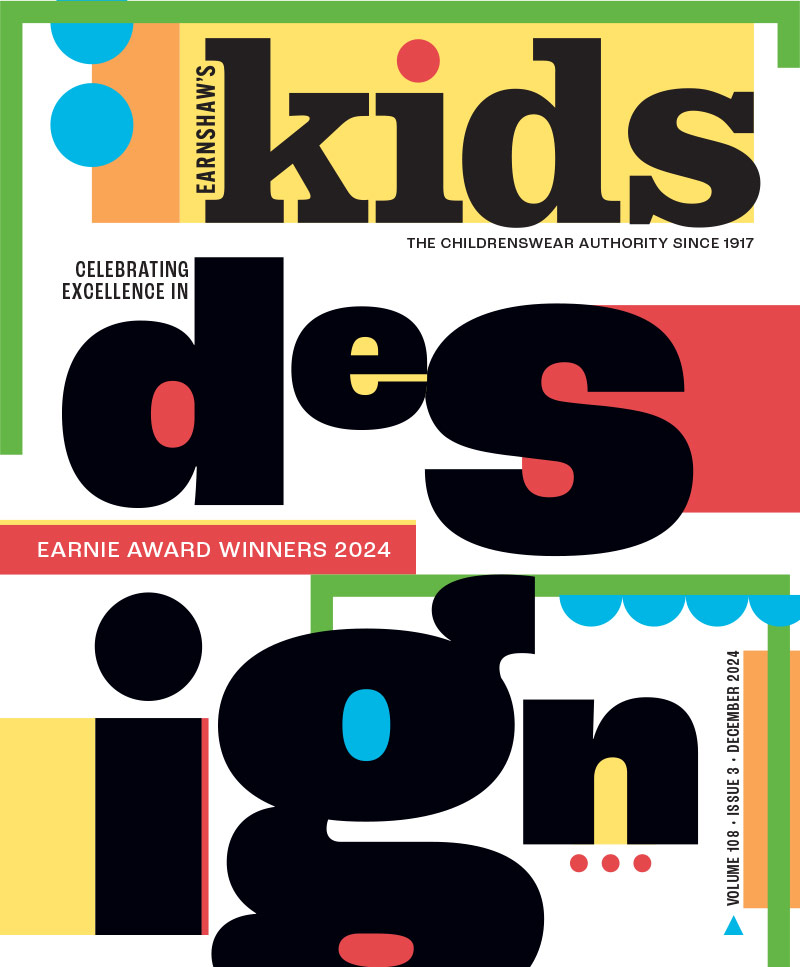From Twitter to Tumblr, target the tween demographic where it goes to talk and play: online. The name of the game in retail is to be where your customers are, and if they’re tweens, you’d better bet that’s YouTube, Facebook, Twitter, Tumblr and an ever-growing list of social sites. Leigh Whitney, owner of Level 2, […]
From Twitter to Tumblr, target the tween demographic where it goes to talk and play: online.
The name of the game in retail is to be where your customers are, and if they’re tweens, you’d better bet that’s YouTube, Facebook, Twitter, Tumblr and an ever-growing list of social sites. Leigh Whitney, owner of Level 2, a Brooklyn, NY-based tween-apparel store stocking tween favorites like Harajuku Lovers and Desigual Kids, agrees: “It’s easier for our customers to reach out to us and share information about the store with everyone in their personal networks.” This spider web of peer-to-peer sharing is every retailer’s dream—and businesses large and small are homing in their social media messages on the coveted pre-teen audience in an effort to foster brand awareness and ultimately woo them to their stores. So, you want to capture the attention of the tween scene? Here’s how.
Express Yourself
Lora Cecere, an analyst who studies social media at Altimeter Group in San Mateo, CA, urges brands to bear in mind that social media is about relationships, not transactions. “One of the things that they have to learn in crossing the chasm is that it isn’t about them, it’s about the tween and really helping the tween to express her ability to be a fashionista.”
She uses Wet Seal, a store that encourages customer interaction on its Facebook page, as a prime example. One of its campaigns, a model search, involved a social media contest where the winner received a photo shoot and an introduction to a modeling agency. Using Facebook teasers and a YouTube promotion that invited consumers to vote on the best videos from aspiring models, the campaign added 100,000 new Facebook fans for the retailer and 300,000 YouTube views of the videos. Although Wet Seal serves a slightly older customer, its strategy of weaving clients into its world through social media channels is one that can be adapted to any demographic.
Fashion Playtes, a DIY fashion destination for girls aged 5 to 12, harnesses the power of self-expression with its site, where budding fashionistas can create their own unique clothing—customizing color, silhouette, design and even label—and have them shipped right to their homes. “Girls are growing up with all these tools at their fingertips,” says Fashion Playtes CEO Sarah McIlroy. “If we can give them a platform and really leverage their interest, it can be powerful,” she adds. New designs incorporate licensed properties like Littlest Pet Shop—a favorite for this demographic. Since launching in 2009, the site has evolved into a community: “Girls can save up to 300 designs in their collection and share them with family and friends,” says McIlroy, adding, “The real message here is that we want them talking to each other.”
Enabling a conversation is something accessories chain Claire’s got on board with when it launched its e-commerce site last year, combining editorial content with embedded shopping features so visitors could shop by theme and looks or based on recommendations from bloggers. “The editorial and style blogger content opens doors to a collaborative dialogue between the brand and its customers,” says Richard Christiansen, founder and creative director of Chandelier Creative, which developed Claires.com. “They can participate in spontaneous and real-life interactions and directly influence the fashion content featured each day. Style tutorials based on seasonal trends and new product are also great merchandising tools to maximize cross-selling opportunities,” Christiansen notes.
Game On
Paul Kurnit, president and founder of KidShop, a marketing and communications firm specializing in messaging to kids, says gaming is the No. 1 activity older kids are involved with online, and as such sees online games as a huge promotional opportunity. He suggests brands collaborate to create games where the product is the focus—so long as it’s clearly disclosed that the tween is involved with marketing.
One such site that’s doing this is Sweety High, a cross between a game and a social network that launched last November. This platform for girls aged 8 to 16 rewards creativity with real-world prizes and opportunities, such as dancing with a TV celebrity or designing a clothing line. The site’s CEO and co-founder Frank Simonetti believes tween brands—and clothing brands in general—have a lot to gain from being involved with interactive contests like this. “At the core, brands that reach their audience through highly integrated entertainment produce passionate advocates,” he says.
It’s a strategy that’s echoed at PlumWillow, a shopping arena that features Style Together, a real time multi-brand outfit creator where members can find and create fashion collages on one canvas and get feedback from their friends.
PlumWillow has run successful contests for the launch of Rihanna’s perfume and with Warner Brothers for movies like Little Red Riding Hood and the Harry Potter series. “Brands can work with us on scavenger hunts—basically we give clues and the girls find the items within a certain store on the site. If a brand has something new or certain trends they want to highlight, they can pick those out and create clues for them so the girls will be guaranteed to see them. While they’re searching for those items, they’ll also see everything else in the catalog.”
With myriad opportunities to engage, inform and entertain your tween customer online, it’s clear that social media is a powerful tool for retailers and brands. Kurnit reminds, “Brands need to be incredibly responsible,” when messaging to tweens. “They need to take the un-walled garden that is social media and put some very safe walls around it so the brand’s message and intention is clear.” With that in mind, give them what they want, and they will come: Cecere concludes, “They want fashion. They want cool. So they go to where cool is.”



Leave a Comment: